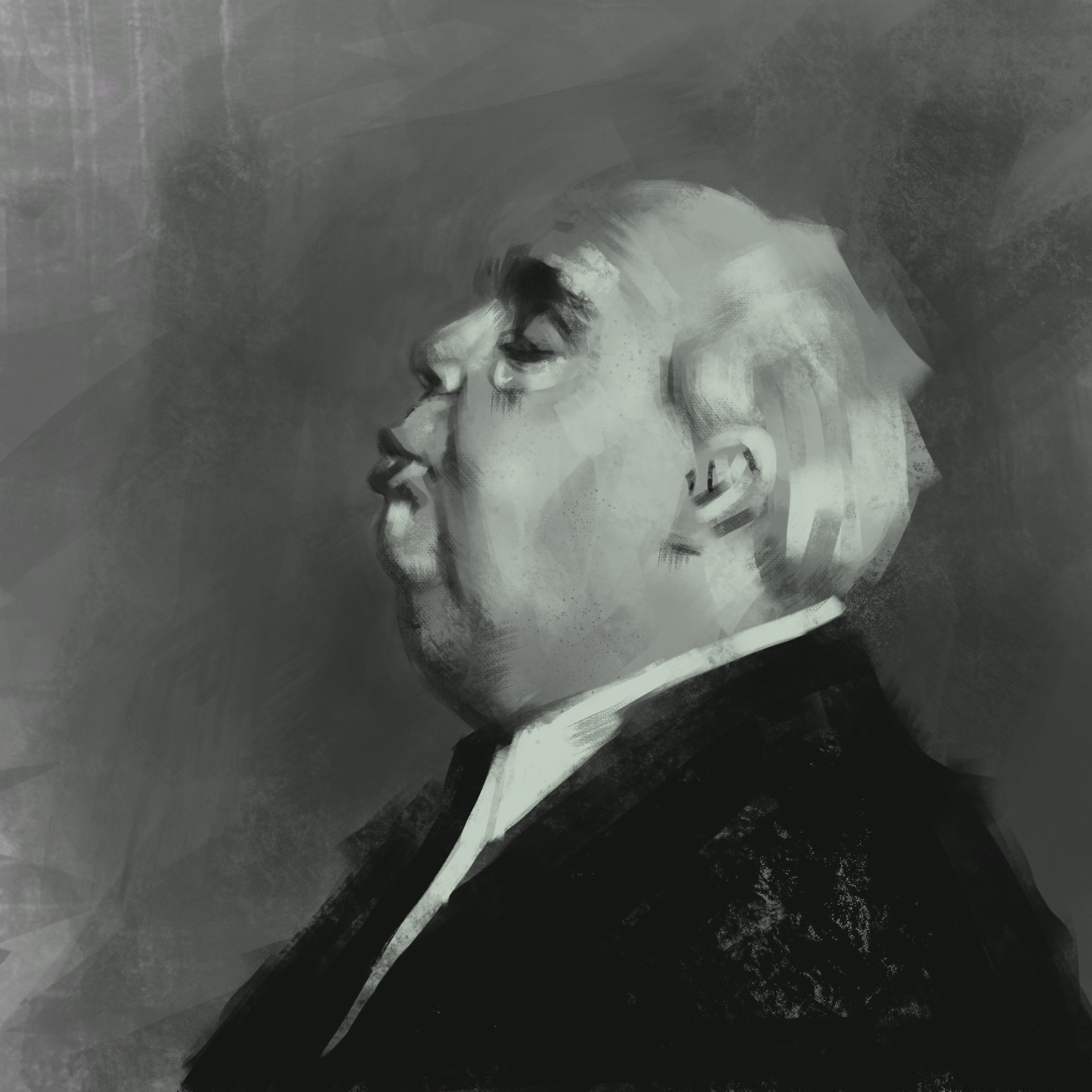I’m a big fan of the common #2 pencil. As an artist, one of my primary interests is in mark making, and this little wooden stick can do it all. With very little effort you can move from the delicate, razon-thin line of a sharp pencil point, to broad swaths of tone by drawing with the side of the lead. You can shade, crosshatch, stipple, create a wide range of values and textures, contour line…even that little pink nub of an eraser on the end is useful, not just for removing mistakes, but as a means of mark making in its own right. Best of all, pencils are so ubiquitous as to be practically free. I’d be willing to bet money you could walk away from this computer screen and, within an hour, come back with at least one pencil in hand found abandoned in the wild. Anyone can access a pencil; everyone can operate it intuitively.
There are, of course, a wide variety of more sophisticated options for those who so desire. Graphite pencils come in a range of values from 9H (super light) to 9B (super dark). They make them in an infinite combination of sizes and shapes, some as thick as your thumb, some as thin as a toothpick. You can find woodless pencils comprised of solid graphite, mechanical pencils that never require a sharpener, or lead holders with tiny mechanical claws. It’s my opinion that in an elementary classroom setting, these advanced options are more novelty than necessity. Everything a child needs to learn about working with graphite can be accomplished with the little yellow #2 pencil they already had in their backpack (or spent all class chewing on).
For a drawing surface there is pretty much just one requirement: something kind of flat. Graphite will readily apply to paper, wood, plastic, cardboard, rubber, your clothes and your face. Paper is ideal. Personally, I put greater emphasis on experimenting with paper and surfaces than with individual types of pencils. The difference in mark making effects between a smooth and a toothy, textured paper is much more apparent than the difference between a hard and soft lead. I think a student testing various paper types will be struck by inspiration much more quickly than they would swapping between a wooden or mechanical pencil.
As far as project ideas go, with graphite pencils the sky is the limit. You can use them to teach lessons on line, texture, value or mark making. This medium can be applied to fully rendered, finished work, or quick, messy, daily sketchbook activities. They can be used by students of all ages, although, with one important safety note: When working in graphite you’ll probably want to spray finished pieces with a fixative to avoid smudging. Fixatives are typically highly toxic, so for this reason, should be sprayed outdoors and by an adult.
Resources:
Comic Art Fans- comicartfans.com
A gallery of over 1 million comic book and illustration artworks, many of which are in pencil.
“Fun With a Pencil” by Andrew Loomis(PDF)- https://www.alexhays.com/loomis/Andrew%20Loomis%20-%20Fun%20WIth%20a%20Pencil.pdf
A classic instructional book revered by professionals but written with children in mind.
“Classic Drawings by Master Draftsmen”- https://www.pinterest.com/in8designs/classic-drawings-by-master-draftsmen/



















